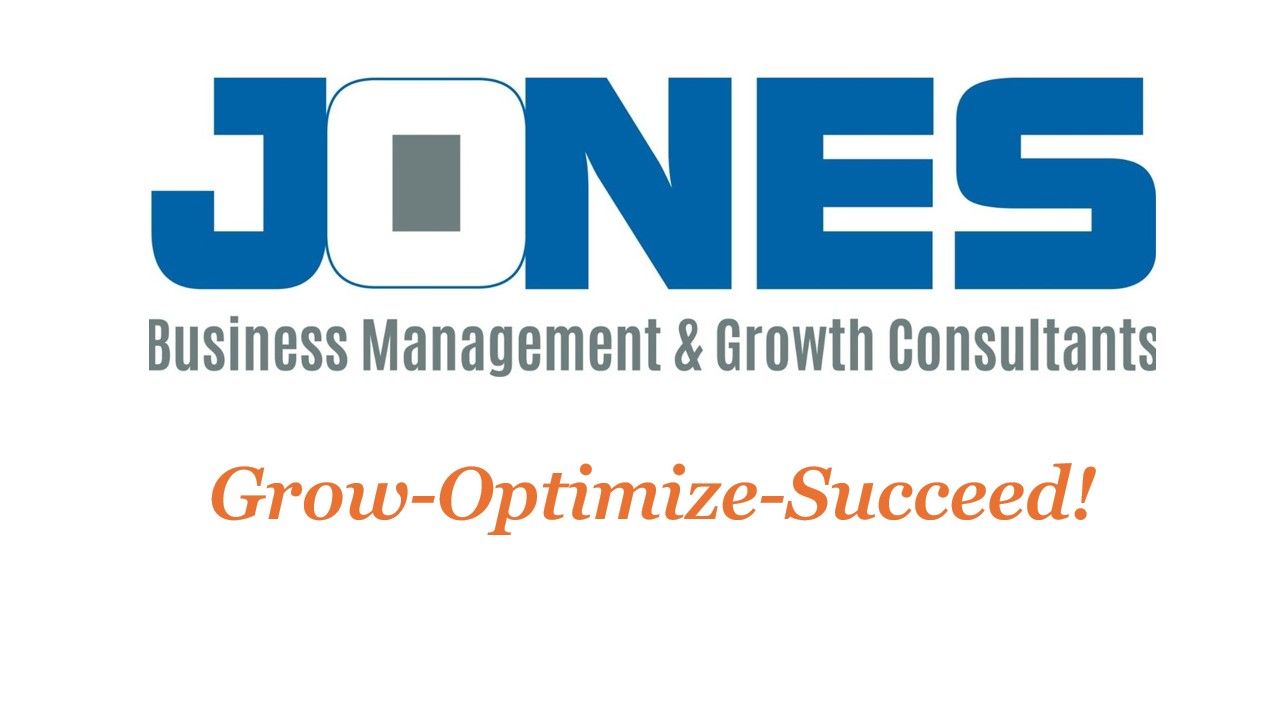The Chaos Tax: What Disorganization Is Costing Your Landscaping Business
Why Every Hour of Confusion Eats Away at Your Profit

ou will not see “chaos tax” on a profit and loss statement, but you pay it every day your business runs without systems. It is the cost of disorganization, and it shows up as wasted time, missed opportunities, and unnecessary stress.
What Chaos Looks Like in Landscaping
- Crews standing around because tools or materials were not ready.
- Routes that zigzag across town, burning fuel and hours.
- Jobs done twice because no one set a clear quality standard.
- Proposals written from scratch instead of using a proven system.
- Customers waiting on calls because invoices and follow-ups slipped through the cracks.
Each one may feel small, but together they add up to thousands of dollars a year in payroll, fuel, and lost revenue.
The Price You Pay
Chaos eats into profit in three ways:
- Payroll for unproductive time – crews still get paid while waiting or redoing work.
- Higher operating costs – fuel, equipment wear, and overtime add up fast.
- Customer churn – missed deadlines or poor communication drive clients to competitors.
That is the chaos tax. It drains profit without you even noticing until the bank balance comes up short.
The Solution: Systems
The good news is the chaos tax is optional. Systems take confusion out of the picture.
- Checklists and SOPs make every job predictable and repeatable.
- Scheduling tools improve route density and save fuel.
- Pricing systems ensure you never underquote.
- KPIs show you where time and money are leaking.
- Preparation routines keep crews productive instead of standing around.
When you put systems in place, you stop paying for mistakes and start collecting profit on every job.
Where to Learn More
If you are tired of paying the chaos tax, join my G.Y.S.T. Academy on Skool. Inside, we break down how to build systems that eliminate wasted time and give you back control of your business.
👉 Join the Skool community here and start saving money by running your business with clarity instead of chaos.










